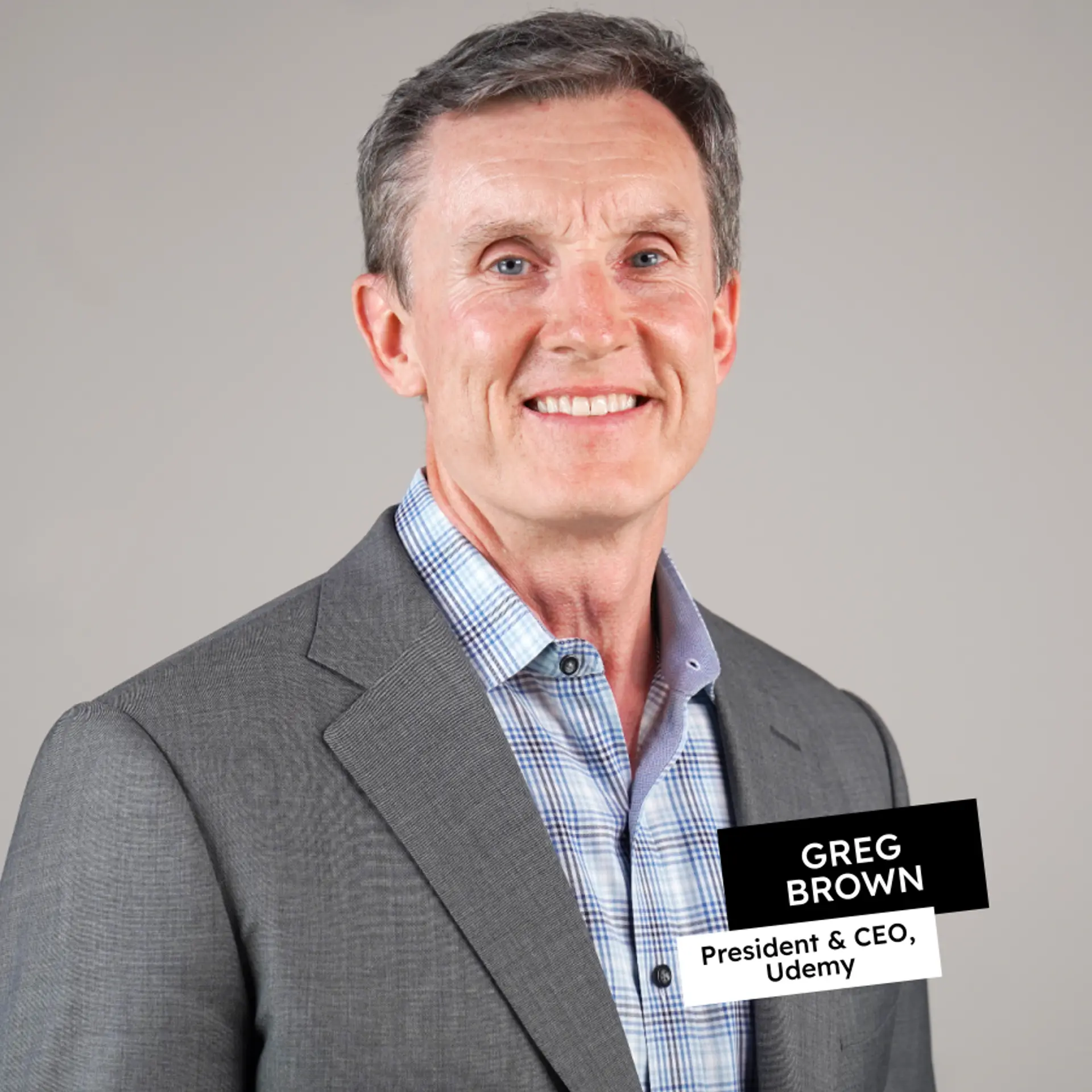How to have a good conversation about your startup
There are so many books and articles about how to pitch your startup. There is no question about the importance of pitching right.
But, you don’t get a chance to get on the stage everyday to pitch your startup.
However, you most certainly will have opportunities to have one or more conversations about your startup every single day.

This means one thing - master the art of conversations about your startup and you increase the odds of winning at that game.
As I started working on the various startups that I co-founded, I had no choice but to come up with a simple framework that I could use again and again to craft conversations with various stakeholders associated with those startups.
After a while, I started teaching the same framework to several students (most are first-time entrepreneurs) at the Founder Institute.
I call this the P.O.S.T framework and as you might have guessed, it has four key components:
P | Premise
Premise is where you set the stage to bring the other person on your side so that you both can see the canvas and the context from the same vantage point. It is here you will say things that both of you will believe without any questions.
O | Opening
Opening is where you point out a gap on the canvas. The gap has to be something that matters - meaning it should be clear that if the gap is not closed, it should hurt somewhere. In other words, the damage caused by the gap has to be far more than the cost of closing that gap.
Note: There is a good chance that there are many “openings” on the canvas. But, you should pick the “openings” to highlight based on what you will reveal in the next step.
S | Solution
This is your chance to bring your solution that fills the gap - the opening that you highlighted in the previous step. Remember that it’s not the place to bring out the various features of your offering, but just enough information that this is the right thing to to do to close the gap.
T | Takeaway
Takeaway, as the name suggests is something that you say that is transportable easily. As an example, it could be an analogy that the other person can easily remember and take back to future conversations that he or she will have with others about your startup.
Two Examples
I have one conversation from two startups that I co-founded. Here they are:
1. WittyParrot
In today’s world, buyers are more intelligent than ever. By the time they interact with an organization, they are more than half way through the sales cycle.
These buyers may rarely have basic questions as they have done their research about offerings from you and your competitors. So, when they do ask important questions, your people have to be ready with the right answers and respond fast. Or else, you risk losing the deal.
We have built a content productivity solution that helps your people - rookies or rockstars to access and use reusable content blocks to assemble a compelling response with speed and consistency.
It’s like having lego blocks of reusable content on the cloud right at the fingertips of your salespeople. It is something that will make even your rookie salespeople look like rockstars all while closing deals fast.
You can learn more about WittyParrot at www.wittyparrot.com
2. Audvisor
In the “always-on” world, people are busier than ever. The lifestyles have completely changed with work sprinkled throughout the day.
The thing that has been affected most is how professionals are keeping up to date with their learning to stay ahead of the curve. The need is there to learn more than ever, but there are only slices of time available here and there - may be during their commute, while they are at their gym or while waiting for someone.
Audvisor was created as a push-button learning app on your smartphone to suit the changing lifestyle of professionals worldwide. You can pick topics or experts and push the play button to start hearing short insights from over 100 world-class experts anywhere, anytime.
People call Audvisor, “Pandora for business insights.”
You can learn more about Audvisor at www.audvisor.com
As you can see, I have broken down the premise, opening, solution and takeaway in both the cases above.
Four Final Comments
Here are a few comments to keep in mind as you work through the framework.
1. Different conversations for different stakeholders: The above are representative samples for each company. They won’t work for all stakeholders. You have to craft a different conversation for an analyst, journalist, investor, partner etc.
2. Master the framework, not the exact narrative: It is important not to memorize the words, because, well it will simply sound like a robot reciting an advertisement. Remember that you are having a conversation. If you practice a few times, you will internalize the framework and post that pint, your conversations will become completely natural.
3. Improvise: Things won’t go exactly as per your plan, because, again - it’s a conversation. Keep the framework in the back of your mind, but improvise to get your point across.
4. Practice privately; win publicly: This applies to conversations and almost everything important in life.
Last, but not the least – if you are game, share your startup conversation in the comments section – it will help everyone to see more examples.
Image Source : Shutterstock







